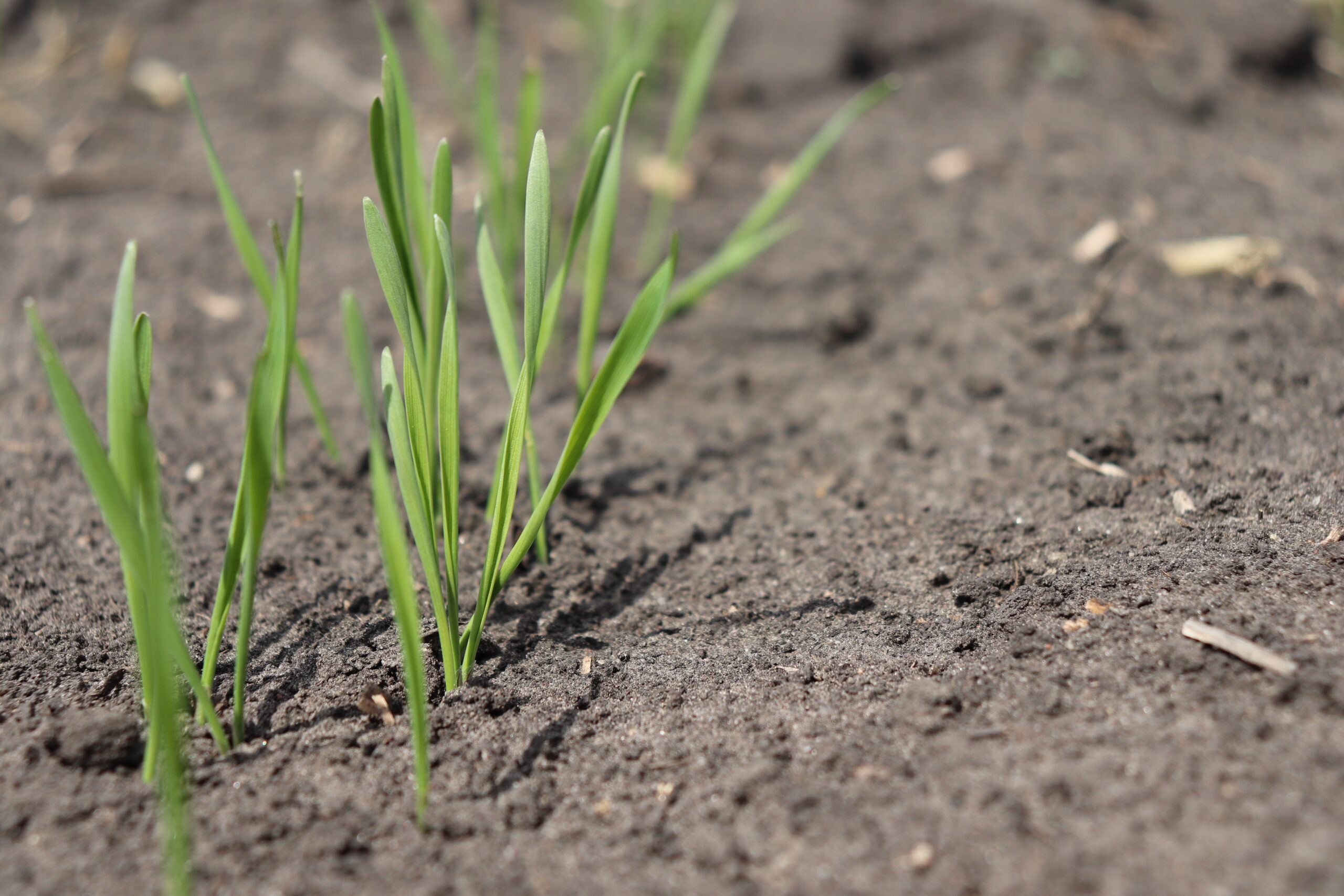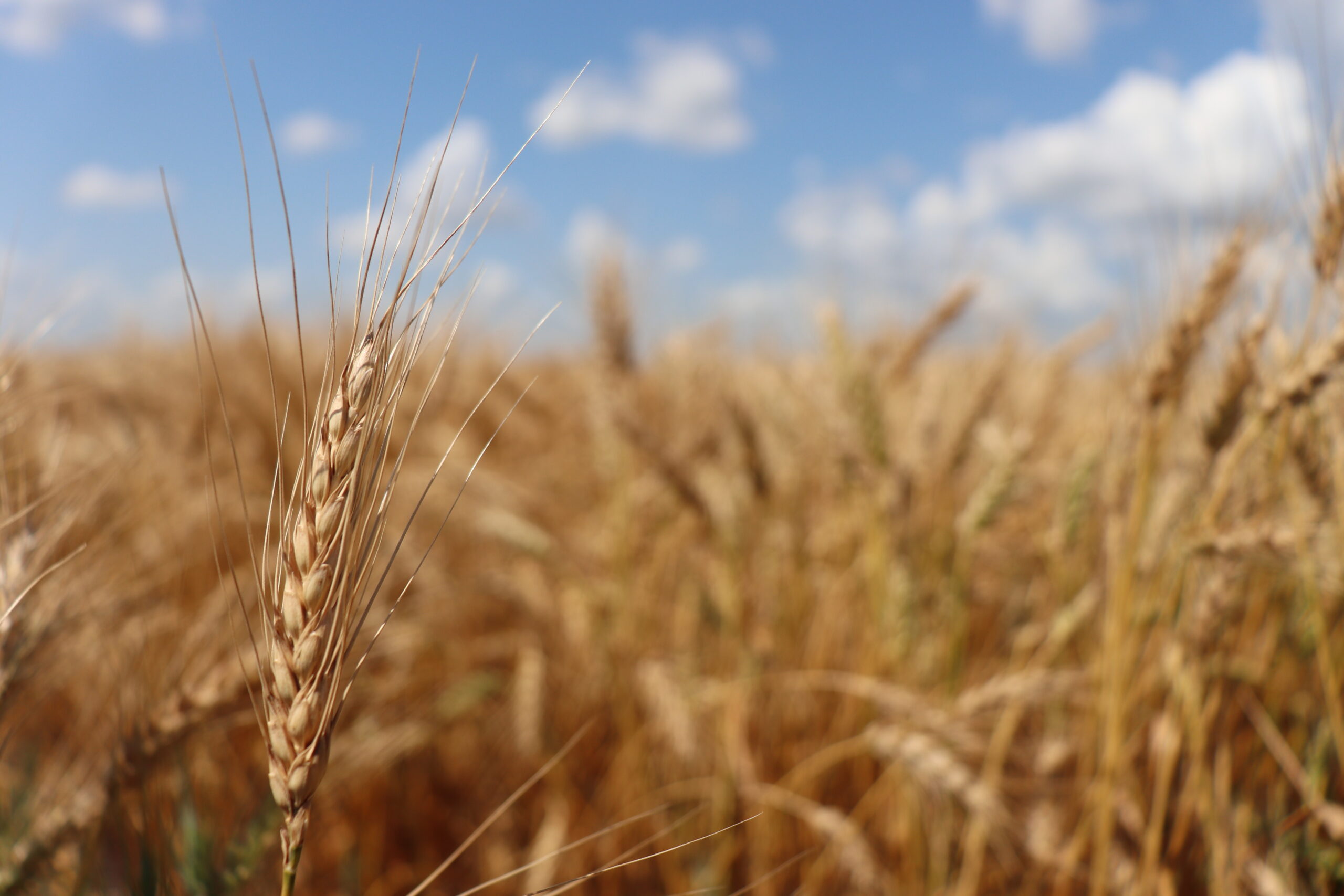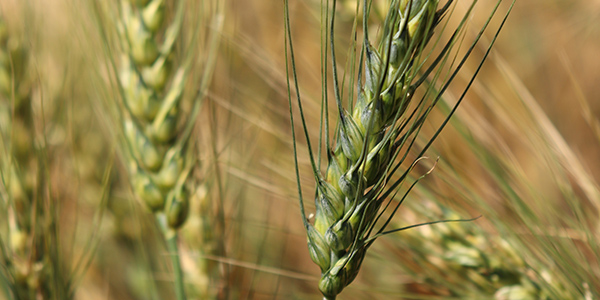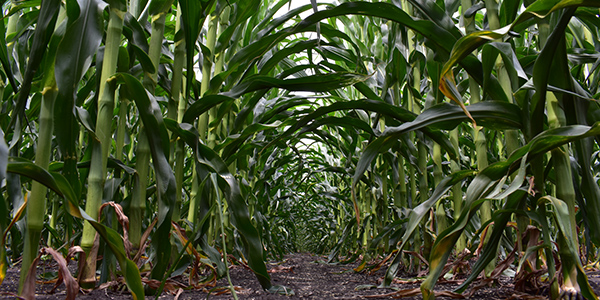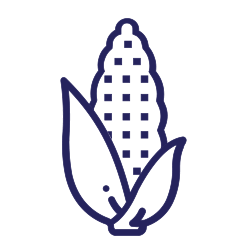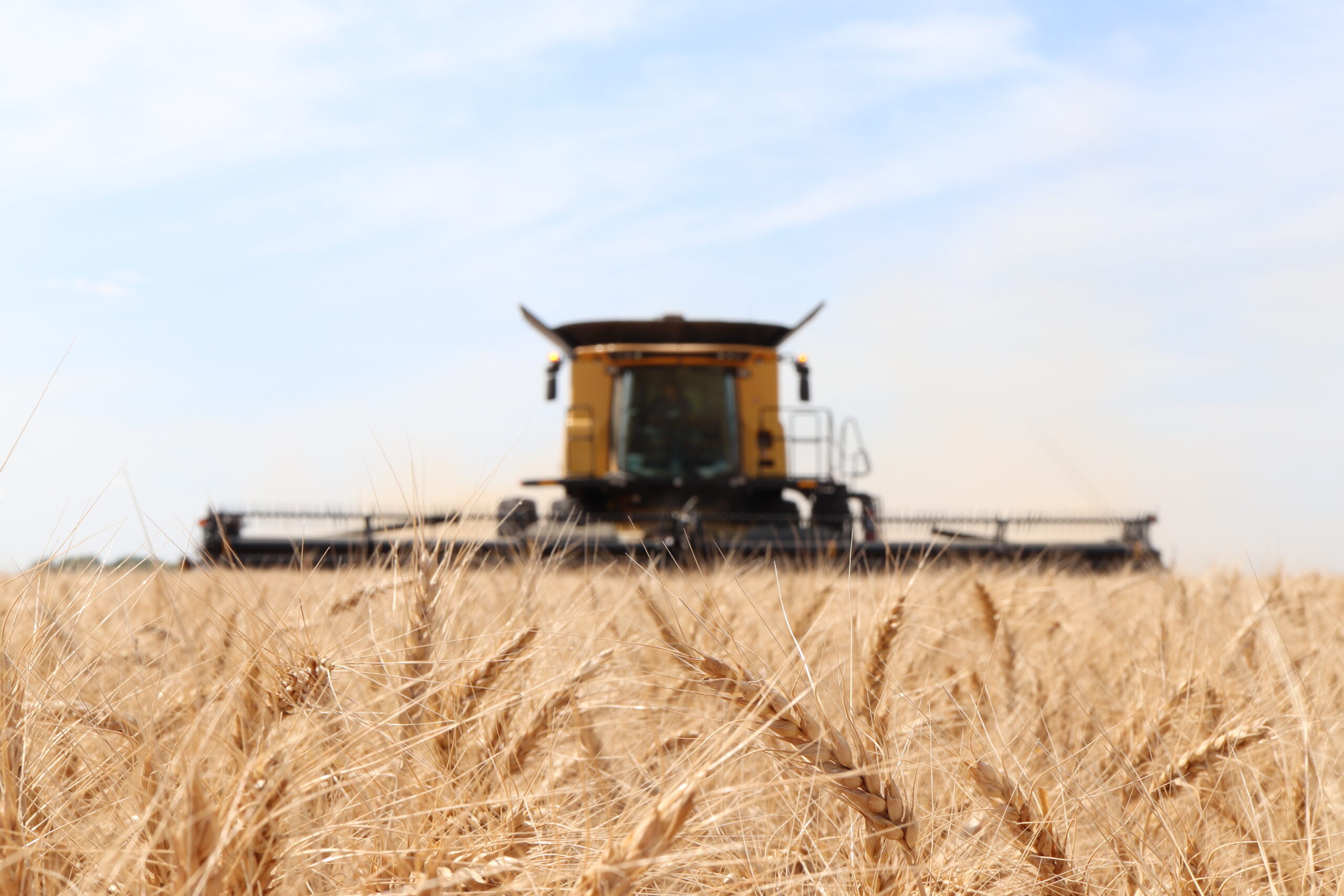Bugs in a Jug
Crop Types
- Corn
- Wheat
Collaborating Locations
Assiniboine Community CollegeThe last few years have seen rising production costs and this affects the financial bottom line for producers. Synthetic N fertlizer prices have risen nearly 30% since the start of 2022, following 2021’s 80% increase. As a result, producers are looking for alternative ways to supplement nutrient management and in particular reduce the application of synthetic N fertilizer. One option is to explore the use of commercially available biological products which contain N fixing bacteria.
Objectives
- Source 6 commercially available microbial-based products as replacement sources of N for non-leguminous crops.
- Demonstrate the impact of biological treatment on crop yields compared to various rates of synthetic Nitrogen fertilizer synthetic on canola, wheat and corn.
Related Production Resources
Manitoba Crop Alliance’s production resources provide reliable agronomic information based on the latest research. Our resources have been developed to help farmers make productive and sustainable decisions on their farms throughout the growing season.
Related Research Projects

-
Start Date: 2023
-
Completion Date: 2026
-
Project Status: Ongoing
Bacterial Leaf streak is an emerging disease that has been reported in many cereal-growing regions of the world. The disease has become a recurring problem in the upper midwest of the United States since the early 2000's; currently it is… Read More
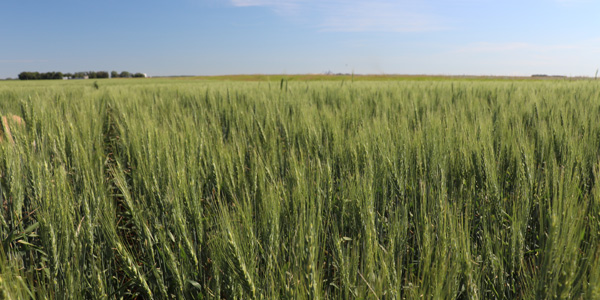
-
Start Date: 2024
-
Completion Date: 2027
-
Project Status: Ongoing
Falling Number (FN) is used to evaluate the amount of sprout damage in wheat, a critical component of wheat quality. FN is the amount of time in seconds it takes for a plunger to fall through a slurry of ground… Read More
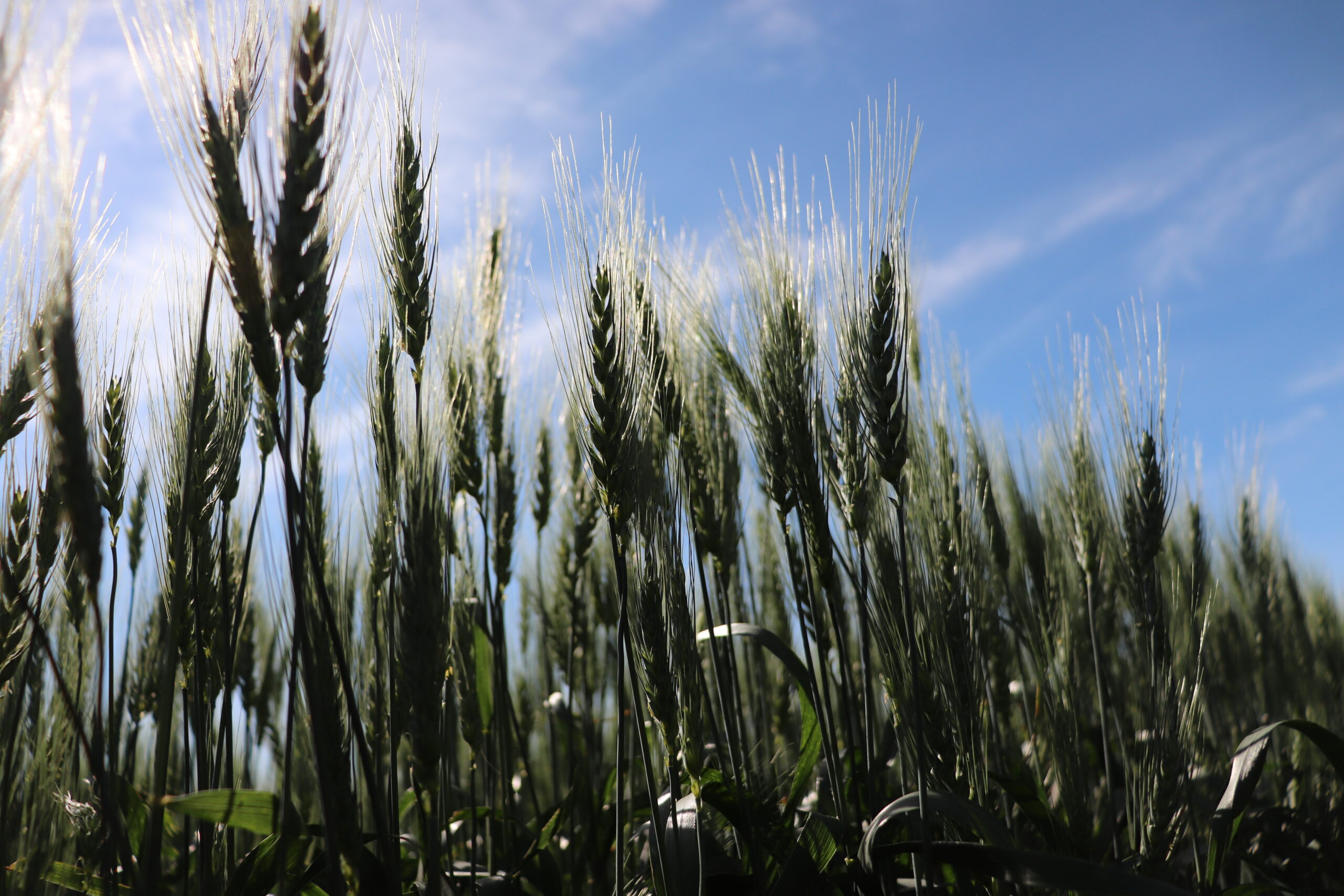
-
Start Date: 2023
-
Completion Date: 2027
-
Project Status: Ongoing
Fusarium head blight (FHB) is the most important fungal disease that affects wheat throughout cereal growing regions of Canada. It is one of the five priority-one diseases of wheat in the cultivar registration system, and an “intermediate” resistance reaction is… Read More

An accelerated disease phenotyping system to select wheat germplasm resistant to FHB and stripe rust
-
Start Date: 2023
-
Completion Date: 2026
-
Project Status: Ongoing
In recent years a concept and technology, an accelerated disease phenotyping system, sometimes referred to as ‘speed-breeding’, has been developed with the aim of shortening the breeding cycle. The technique utilizes optimal light quality, light intensity, photoperiod and temperature control… Read More

-
Start Date: 2023
-
Completion Date: 2027
-
Project Status: Ongoing
Anthocyanins are water-soluble phenolic pigments responsible for red, purple, blue, or even black colors in fruits, vegetables, grains, flowers, and other pigmented plant tissues. They are important components to be included in the human diet especially due to their roles… Read More

-
Start Date: 2023
-
Completion Date: 2026
-
Project Status: Ongoing
In this project, the study team will focus on dissecting FDK through the use of innovative digital imagining in order to develop a classification based on the degree of FHB infection in the kernel to refine the genomic regions associated… Read More

-
Start Date: 2023
-
Completion Date: 2026
-
Project Status: Ongoing
The most desirable approach to protect crops against pathogens is to breed cultivars with disease resistance (R) genes. However, current methodologies to discover new R genes are labor intensive and are limited by germplasms that are effective against a single… Read More

-
Start Date: 2023
-
Completion Date: 2026
-
Project Status: Ongoing
Late maturity alpha-amylase (LMA) is a recessive genetic defect in wheat that is expressed only under certain environmental conditions. LMA results in the “synthesis of α-amylase (specifically the high pI isoform) during the later stages of grain development in the… Read More

-
Start Date: 2023
-
Completion Date: 2026
-
Project Status: Ongoing
Wheat makes an annual contribution of approximately $11 billion to the Canadian economy. Diseases, particularly Fusarium head blight (FHB) and rusts are major threat to wheat production in Canada. Among rust diseases, stripe rust is becoming a major issue since… Read More

-
Start Date: 2023
-
Completion Date: 2026
-
Project Status: Ongoing
In Western Canada, wheat is the cereal crop with the largest acerage; however, increasingly variable climate conditions and stress suchs as drought can affect plant development, yield and profitability for growers. This places more ephasis ondeveloping tolerant varieties with high… Read More

-
Start Date: 2024
-
Completion Date: 2027
-
Project Status: Ongoing
Climate change is increasing spring air temperature variation, we are seeing greater swings in temperature which can make spring growth difficult and risky. Genes for cold soil emergence and seedling growth are needed in Manitoba corn hybrids to hasten emergence,… Read More
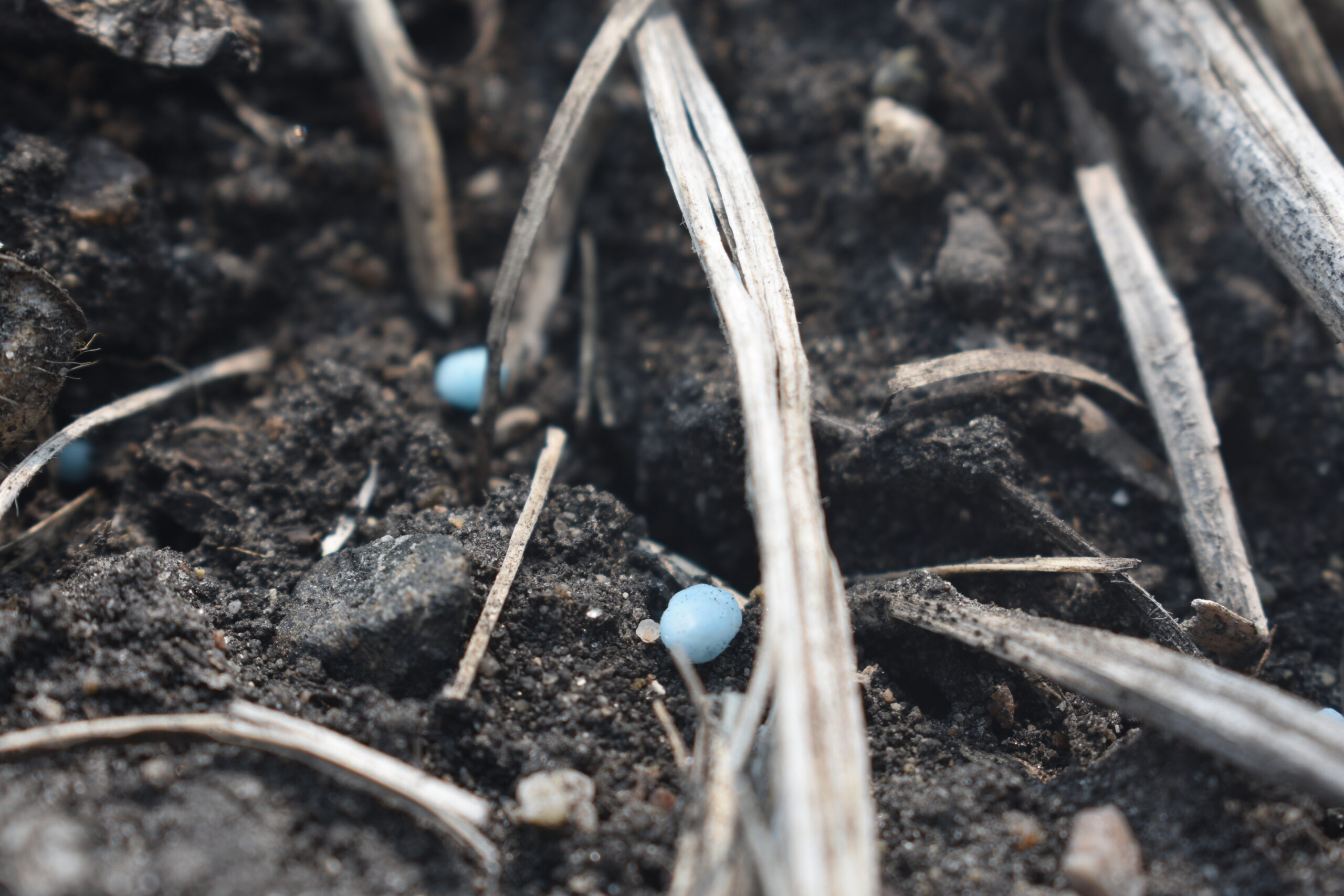
-
Start Date: 2023
-
Completion Date: 2026
-
Project Status: Ongoing
Enhanced Efficiency Fertilizers (EEFs) are emerging as a solution to improve N use efficiency and reduce greenhouse gas emissions, yet their interactions with other agricultural practices and microbial processes remains. Research has found that EEFs function less efficiently in wheat… Read More
Project Details
Field Issues
- Soil

